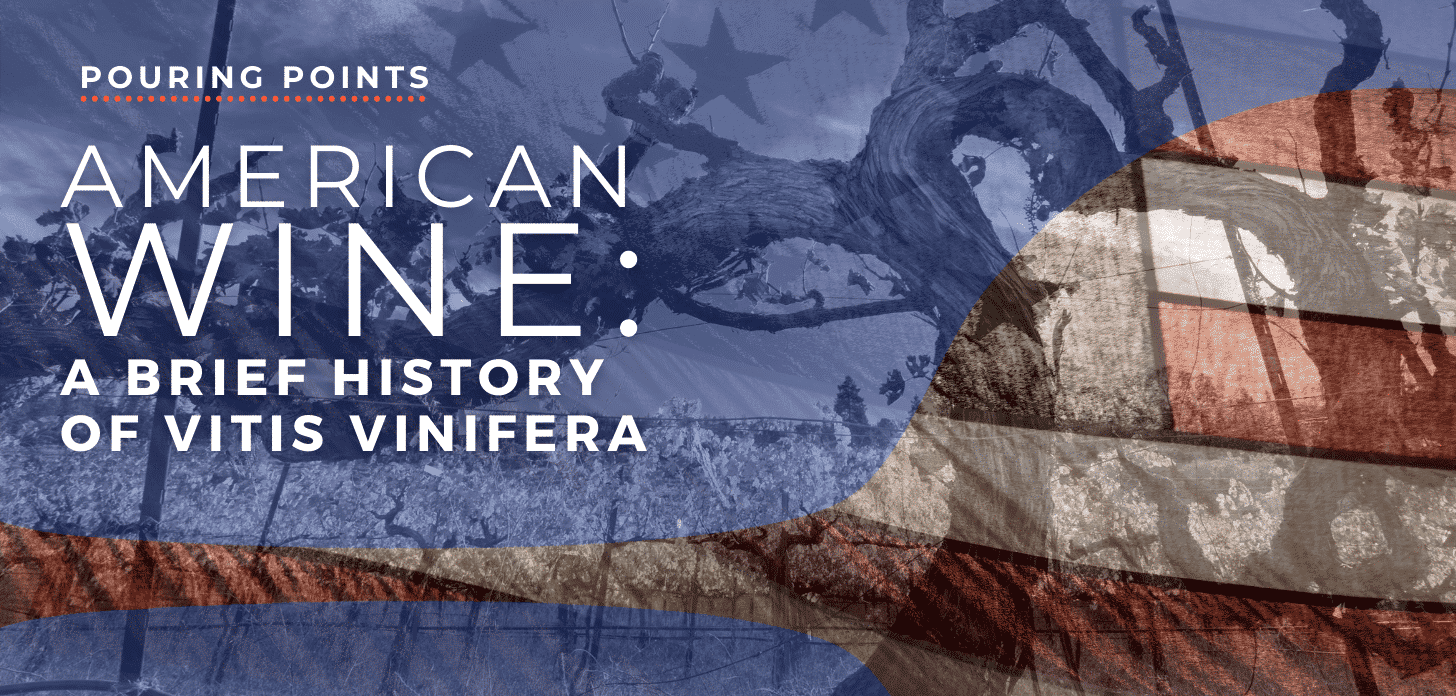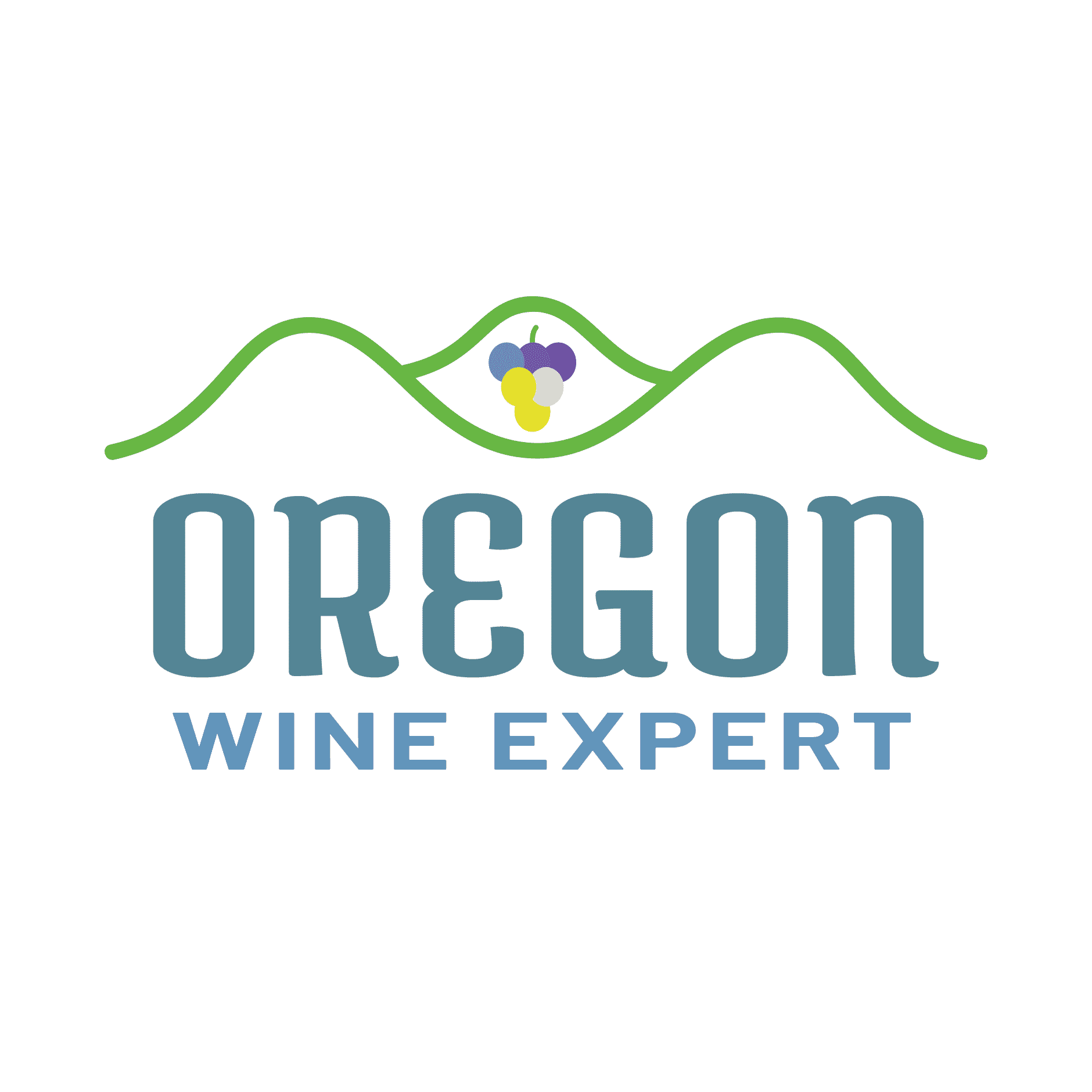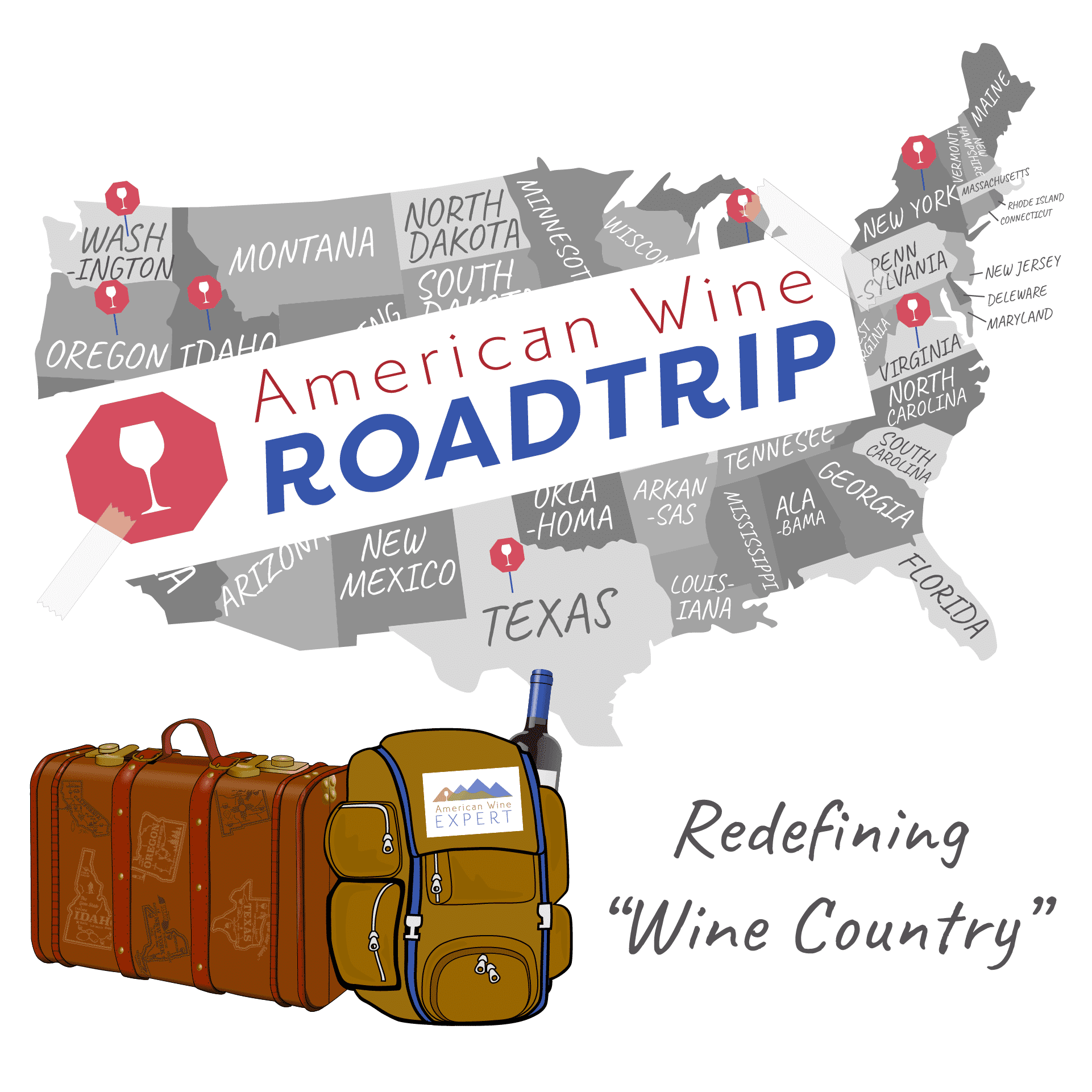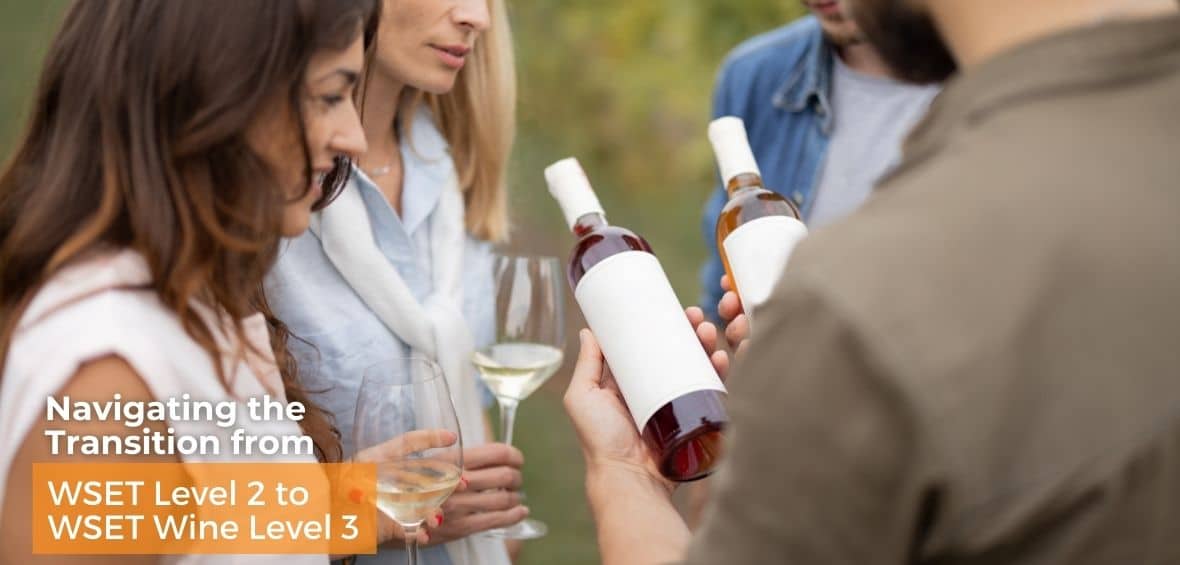The story of American wine is older than the Declaration of Independence. Grapevines grow throughout North America; Thomas Jefferson and Nicholas Longworth were among the early farmers and entrepreneurs who attempted to grow grapes for wine production. These efforts were initially mixed, however.
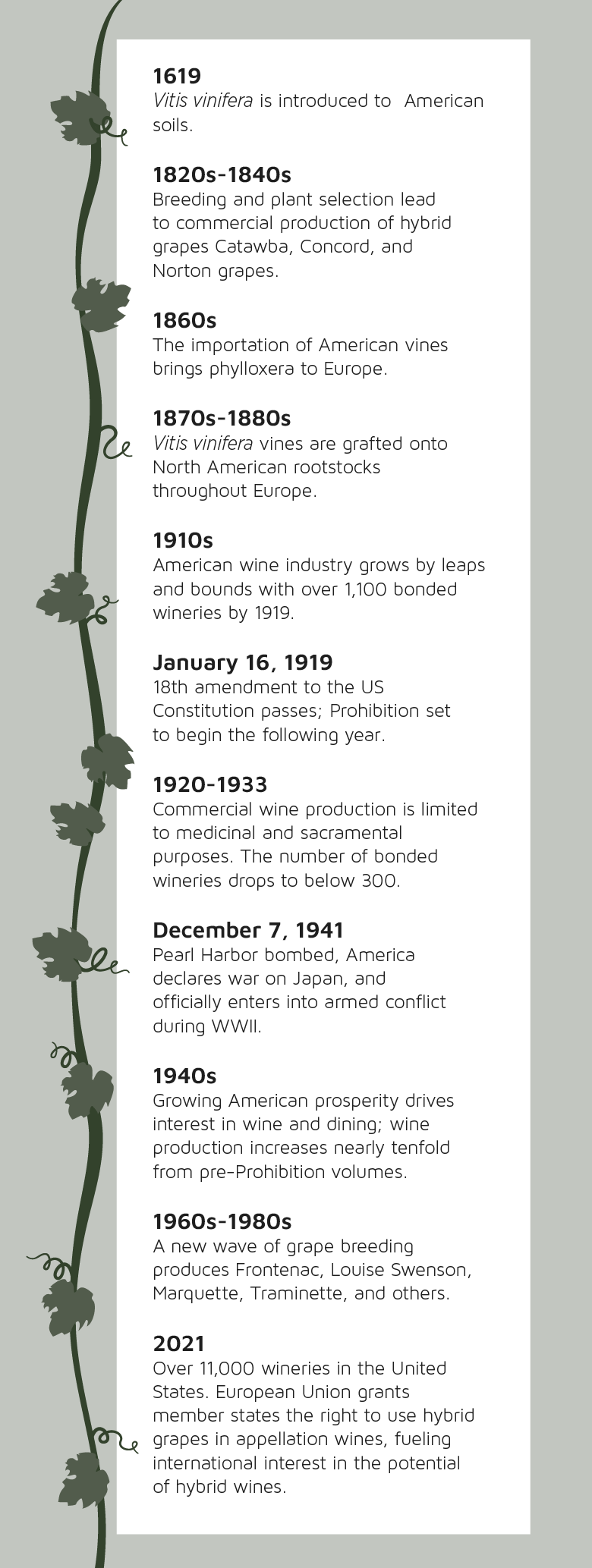
The latter are crosses, either deliberate or accidental, of V. vinifera with American vine species such as V. labrusca and V. aestivalis. Catawba, Concord, and Norton grapes were among the most popular of these and are still grown for commercial wine production. The so-called French-American hybrids were developed in France beginning in the 19th-century and many are still in use, though breeding work continues around the world. Vidal and Seyval Blanc grapes are French-American hybrids still popular in the U.S.
The natural resilience of North American vines became part of global wine history in the late 19th-century when specimens exported to Europe for ornamental and scientific use carried phylloxera with them. This tiny aphid feeds on the roots of vines, leading to stunted growth and eventually death. Phylloxera migrated into European vineyards and spread quickly; by the late 1880s, French wine production dropped by more than two-thirds.
Researchers eventually discovered that V. vinifera vines could tolerate phylloxera by being grafted onto North American vines; in this way, the rooted plant (rootstock) protects against adverse soil conditions while the above-ground plant (scion) retains its varietal character. The rootstock approach was developed in the early 1870s but took time to be accepted and then applied by growers. Today, rootstocks are widely accepted and are bred for a variety of additional attributes such as nematode resistance and sand or drought tolerance. These rootstocks have become so widespread that own-rooted vines, such as those in Chilean or older Californian and Australian vineyard sites, are noteworthy exceptions to the rule.
While European viticulture rebounded from phylloxera, the United States built its own wine industry. California quickly dominated production with its fertile soils and temperate climate; however, wines were made around the country. New York in particular became a large center for sparkling wine production. Unfortunately, the twin blows of Prohibition and the Great Depression shuttered most of these wineries.
One of America’s first iconic wine brands, Virginia Dare, launched from North Carolina in the early 20th-century, was based on an entirely native grape. The wine was dominated by Scuppernong, a bronze-skinned cultivar of the native V. rotundifolia with overt, Muscat-like aromatics. The Paul Garrett Wine Company marketed Virginia Dare vigorously, promoting it alongside a romantic poem that linked the Scuppernong grape to a popular southern legend.
California wine boomed after World War II, prompting new interest not only in drinking wine but also in making it. This time, however, aspiring vintners in other states had to contend not only with challenging climates but with a patchwork of post-Prohibition laws that inhibited the production and sale of alcohol. This slowly changed in the 1970s and 80s as many states passed “farm winery” legislation and even funded wine research and promotion through state agricultural programs.
Today, according to industry observer Wines Vines Analytics, states beyond California, Oregon, and Washington account for only 15% of American wine production, but 40% of its wineries. New York, Texas, and Virginia lead the pack and there is at least one winery in every state.
The proportion of V. vinifera in these states continues to grow as viticultural advancements are made, but there are still many wines made from North American and hybrid grapes; examples include Norton from Virginia legend Dennis Horton and Traminette from Indiana powerhouse Oliver Winery. The rich diversity and quality of these wines are an exciting development in the American wine landscape and a gateway to discovery and pleasure for any wine lover.

Learn in-depth about American wine past and present with the only course in the world focused only on American wine: Napa Valley Wine Academy’s American Wine Expert.
Or check out the links below:

